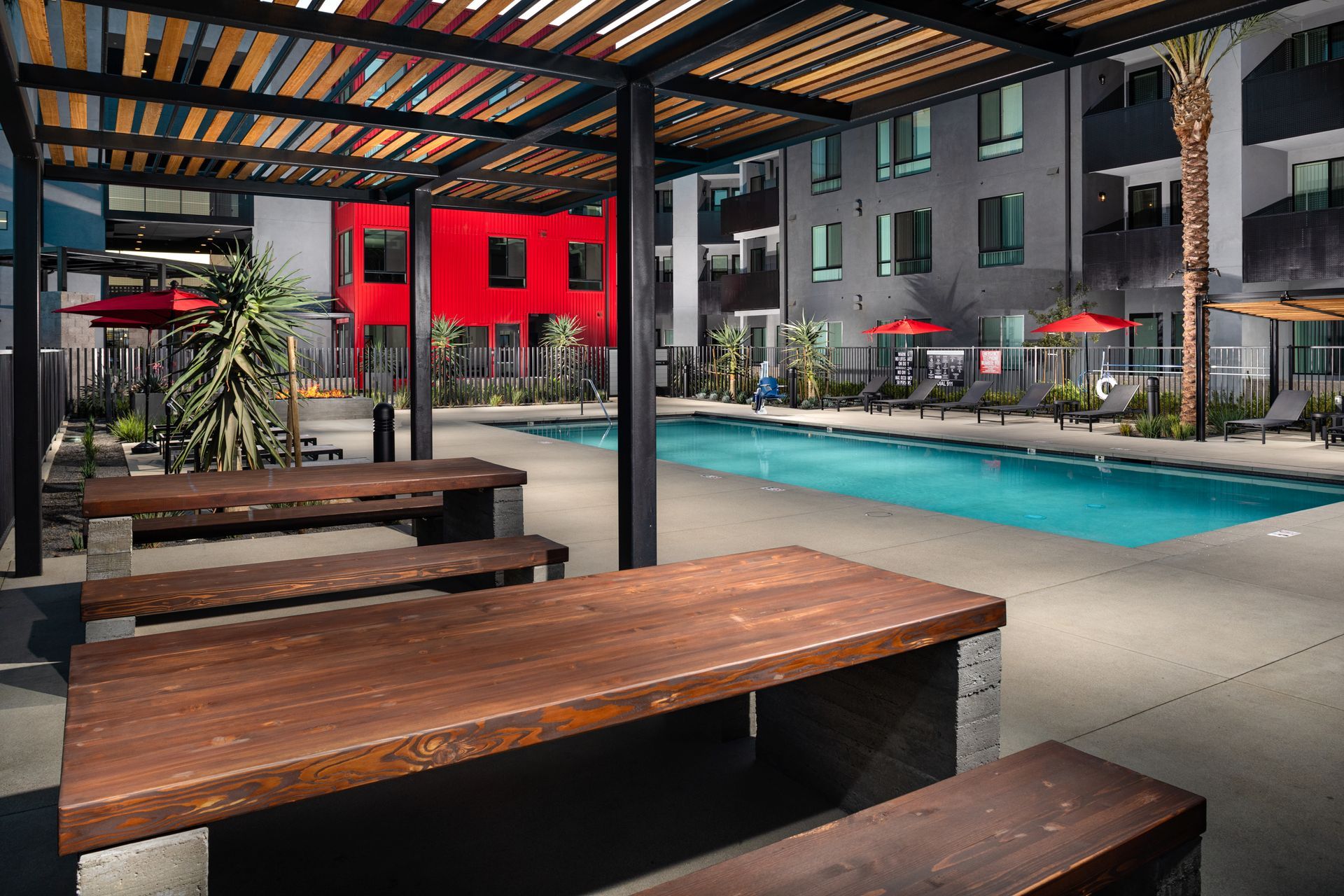How to Set Up Your Apartment for Studying or Working from Home
Studying or working from home can be challenging, especially in a small or crowded apartment. You need a space that is comfortable, quiet, and conducive to productivity and learning. However, you don’t need much space or money to create a cozy and functional study or work area in your apartment.
In this article, we will share three essential tips on setting up your apartment for studying or working from home, from choosing the right location and furniture to optimizing your lighting and sound.
Choose the Right Location
The first step to setting up your apartment for studying or working from home is to choose the right location for your study or work area. Ideally, you want a separate space from your living, sleeping, or dining areas to avoid distractions and interruptions. However, if you don’t have a spare room or a large apartment, you can still carve out a corner or a niche that can serve as your study or work zone.
Here are four ideas on where to find or create a study or work space in your apartment:
- Use a closet or a wardrobe as a hidden office. You can remove the doors or curtains, install a shelf or a desk, and add lighting and storage. You can also close the doors or curtains when you’re not using them to keep your work out of sight and out of mind.
- Use a window sill or a wall-mounted shelf as a mini desk. Use a stool or a chair as your seat and enjoy the natural light and the view from your window. You can also use hooks, baskets, or bins to store your supplies and documents.
- Use a room divider or a curtain to separate your study or work area from the rest of your apartment. You can use a bookcase, a screen, a panel, or a curtain to create privacy and boundaries for your study or work space. The divider or curtain could also be a backdrop for video calls or meetings.
- Use a coffee table or a dining table as a temporary desk. Use a laptop stand, a tray, or a lap desk to elevate your laptop and make it more comfortable to use. You can also use organizers, boxes, or baskets to store your supplies and documents when you’re not using them.
Choose the Right Furniture
The next step to setting up your apartment for studying or working from home is to choose the right furniture for your study or work area. You want furniture that is comfortable, ergonomic, and multifunctional. Here are three tips on how to choose the right furniture for your study or work space in your apartment:
- Choose a desk that fits your space and needs. Depending on your preference and space, you can use a regular desk, a standing desk, a folding desk, or a wall-mounted desk. You can also use a desk with built-in storage—such as drawers, shelves, or cabinets—to save space and keep your things organized.
- Choose a chair that supports your posture and comfort. You can use a regular chair, an office chair, a gaming chair, or a bean bag chair depending on your preference and budget. You can also use a chair that has adjustable height, tilt, and lumbar support to prevent back pain and fatigue.
- Choose some accessories that enhance your productivity and comfort. You can use a monitor, a keyboard, a mouse, a webcam, a microphone, and a headset to improve your workflow and communication. Also, consider using a lamp, a fan, a heater, a humidifier, and a diffuser to enhance your lighting and air quality.
Optimize Your Lighting and Sound
The final step to setting up your apartment for studying or working from home is to optimize your lighting and sound for your study or work area. You want bright, natural, and adjustable lighting and clear, crisp, and noise-canceling sound. Here are two tips on how to optimize your lighting and sound for your study or work space in your apartment:
- Use natural light as much as possible, and supplement it with artificial light. You can use a window, a skylight, or a balcony to add natural light and fresh air. You can also use curtains, blinds, or shades to control the amount and the direction of the light. Lamps, lights, or candles can add warmth and ambiance to any space.
- Use soundproofing materials and devices to reduce the noise and improve the sound quality. You can use rugs, carpets, curtains, or blankets to absorb the sound and create insulation. You can also use earplugs, headphones, or speakers to block out the noise and enhance the sound. White noise, music, or podcasts are another great way to add background noise and set the mood.
Mission Lofts Apartments in Riverside, CA, has thick walls and floors that do a great job of keeping unwanted sound out of your apartment, making it the perfect place for work or study. Call us today to schedule a tour!






